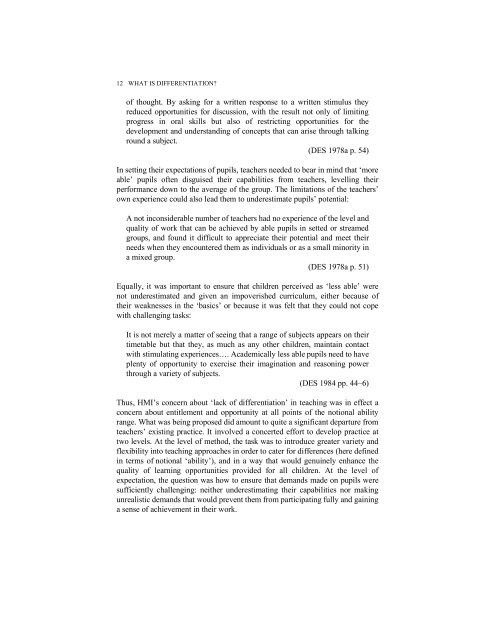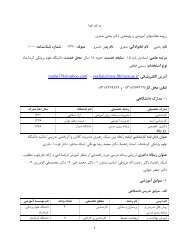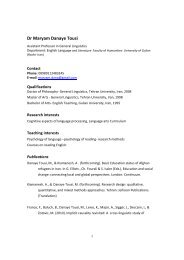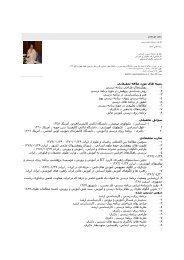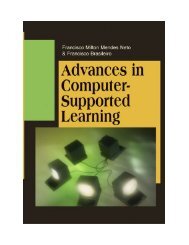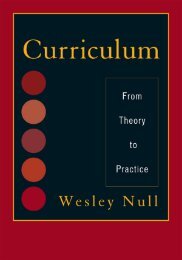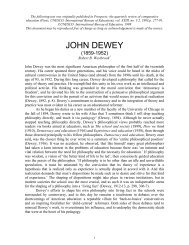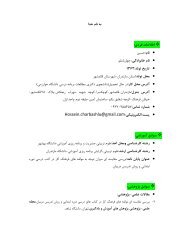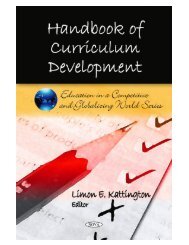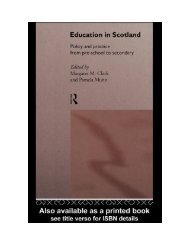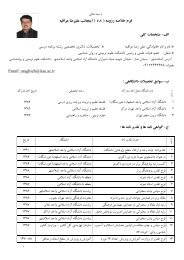Edited by
Edited by
Edited by
You also want an ePaper? Increase the reach of your titles
YUMPU automatically turns print PDFs into web optimized ePapers that Google loves.
12 WHAT IS DIFFERENTIATION?of thought. By asking for a written response to a written stimulus theyreduced opportunities for discussion, with the result not only of limitingprogress in oral skills but also of restricting opportunities for thedevelopment and understanding of concepts that can arise through talkinground a subject.(DES 1978a p. 54)In setting their expectations of pupils, teachers needed to bear in mind that moreable pupils often disguised their capabilities from teachers, levelling theirperformance down to the average of the group. The limitations of the teachersown experience could also lead them to underestimate pupils potential:A not inconsiderable number of teachers had no experience of the level andquality of work that can be achieved <strong>by</strong> able pupils in setted or streamedgroups, and found it difficult to appreciate their potential and meet theirneeds when they encountered them as individuals or as a small minority ina mixed group.(DES 1978a p. 51)Equally, it was important to ensure that children perceived as less able werenot underestimated and given an impoverished curriculum, either because oftheir weaknesses in the basics or because it was felt that they could not copewith challenging tasks:It is not merely a matter of seeing that a range of subjects appears on theirtimetable but that they, as much as any other children, maintain contactwith stimulating experiences. Academically less able pupils need to haveplenty of opportunity to exercise their imagination and reasoning powerthrough a variety of subjects.(DES 1984 pp. 446)Thus, HMIs concern about lack of differentiation in teaching was in effect aconcern about entitlement and opportunity at all points of the notional abilityrange. What was being proposed did amount to quite a significant departure fromteachers existing practice. It involved a concerted effort to develop practice attwo levels. At the level of method, the task was to introduce greater variety andflexibility into teaching approaches in order to cater for differences (here definedin terms of notional ability), and in a way that would genuinely enhance thequality of learning opportunities provided for all children. At the level ofexpectation, the question was how to ensure that demands made on pupils weresufficiently challenging: neither underestimating their capabilities nor makingunrealistic demands that would prevent them from participating fully and gaininga sense of achievement in their work.


